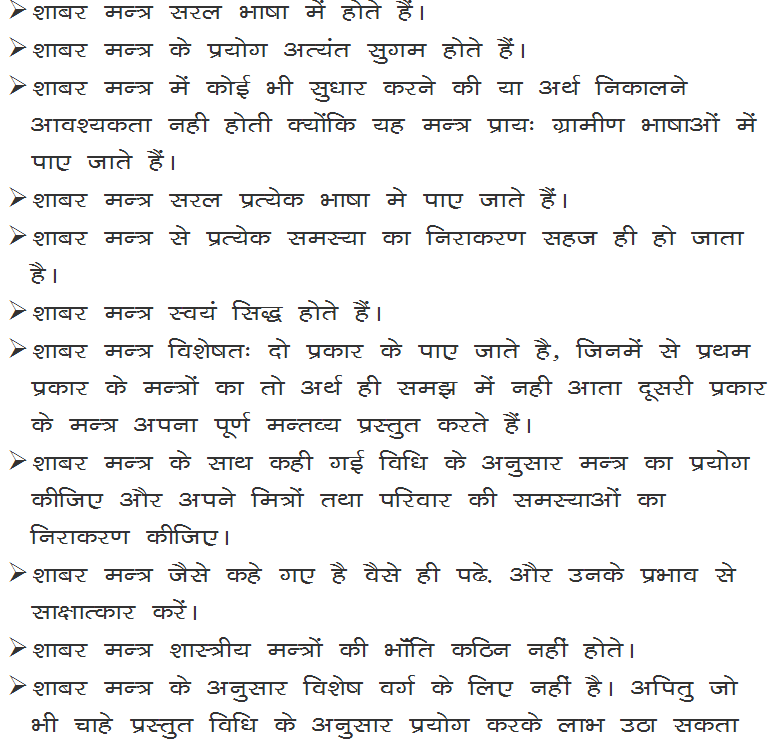
Zimmer defines mantra as a verbal instrument to produce something in one's mind. Farquhar concludes that mantras are a religious thought, prayer, sacred utterance, but also believed to be a spell or weapon of supernatural power. Mantras are structured formulae of thoughts, claims Silburn. There is no generally accepted definition of mantra. Īccording to Bernfried Schlerath, the concept of sātyas mantras is found in Indo-Iranian Yasna 31.6 and the Rigveda, where it is considered structured thought in conformity with the reality or poetic (religious) formulas associated with inherent fulfillment. According to Alex Wayman and Ryujun Tajima, "Zhenyan" (or "Shingon") means "true speech", has the sense of "an exact mantra which reveals the truth of the dharmas", and is the path of mantras. The Chinese translation is 眞言, 真言 zhenyan 'true words', the Japanese on'yomi reading of the Chinese being shingon (which is also used as the proper name for the Shingon sect). By the middle Vedic period (1000 BC to 500 BC) – claims Frits Staal – mantras in Hinduism had developed into a blend of art and science. Scholars consider the use of mantras to have begun before 1000 BC. The Sanskrit word mantra- is derived from the root man- "to think". Mantras written on a rock near Namche Bazaar Nepal In other schools of Hinduism, Buddhism, Jainism or Sikhism, initiation is not a requirement. In this school, mantras are considered to be a sacred formula and a deeply personal ritual, effective only after initiation. Similar hymns, antiphons, chants, compositions, and concepts are found in Zoroastrianism, Taoism, Christianity, and elsewhere.

In Japanese Shingon tradition, the word Shingon means mantra. The use, structure, function, importance, and types of mantras vary according to the school and philosophy of Hinduism, Buddhism, Jainism, and Sikhism. Some mantras without literal meaning are musically uplifting and spiritually meaningful. In more sophisticated forms, mantras are melodic phrases with spiritual interpretations such as a human longing for truth, reality, light, immortality, peace, love, knowledge, and action. Aum sound when produced creates a reverberation in the body which helps the body and mind to be calm. At its simplest, the word ॐ (Aum, Om) serves as a mantra, it is believed to be the first sound which was originated on earth.


The earliest mantras were composed in Vedic Sanskrit in India. Some mantras have a syntactic structure and literal meaning, while others do not. Problems playing this file? See media help.Ī mantra ( Sanskrit: मन्त्र, romanized: mantra, / ˈ m ʌ n t r ə/ Pali: mantaṃ) or mantram is a sacred utterance, a numinous sound, a syllable, word or phonemes, or group of words in Sanskrit, Pali and other languages believed by practitioners to have religious, magical or spiritual powers. A Buddhist mantra chant set to Indian classical music (6 minutes 19 seconds)


 0 kommentar(er)
0 kommentar(er)
